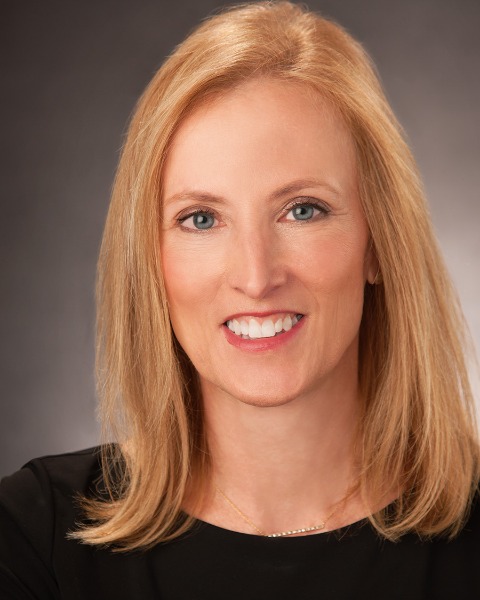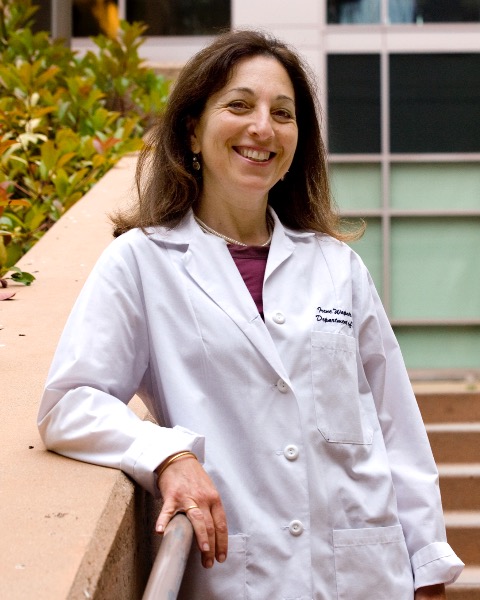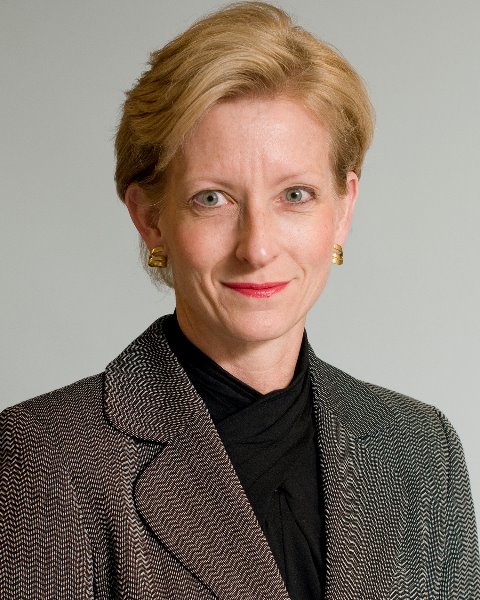Breast
E28: Patient Reported Outcomes from a multi-site, prospective Pivotal study evaluating pegulicianine fluorescence guided surgery (pFGS) for breast cancer lumpectomy procedures using the Lumicell Direct Visualization System (DVS)

Kelly K. Hunt, MD (she/her/hers)
Professor & Chair
Department of Breast Surgical Oncology, MD Anderson Cancer Center, Houston, TX, USA
Houston, Texas, United States
Kelly K. Hunt, MD (she/her/hers)
Professor & Chair
Department of Breast Surgical Oncology, MD Anderson Cancer Center, Houston, TX, USA
Houston, Texas, United States
Irene Wapnir, MD
Professor of Surgery
Stanford University Medical Center
Stanford, CA, United States.jpg)
E. Shelley Hwang, MD, MPH
Mary and Deryl Hart Distinguished Professor of Surgery
Duke University School of Medicine
Durham, North Carolina, United States- DC
David Carr, MD
General Surgeon
Novant Health, United States - PB
Peter Blumencranz, MD
General Surgeon
BayCare Medical Group, United States - KS
Kate P. Smith, MPH
Senior Director of Clinical Affairs
Lumicell, Inc.
Hudson, Massachusetts, United States - KS
Kate P. Smith, MPH
Senior Director of Clinical Affairs
Lumicell, Inc.
Hudson, Massachusetts, United States - MC
Manna Chang, PhD
Principal Data Scientist
Lumicell, Inc, United States - JF
Jorge Ferrer, PhD
Senior Vice President Clinical Research and Strategy
Lumicell, Inc., United States 
Barbara L. Smith, MD, PhD
Professor of Surgery
Massachusetts General Hospital
Boston, Massachusetts, United States
ePoster Abstract Author(s)
Author(s)
Submitter(s)
Author(s)
Methods:
A Pivotal trial of pFGS in women undergoing lumpectomy for breast cancer was conducted. Safety and efficacy of the Lumicell DVS in identifying and removing residual cancer from the lumpectomy cavity in real time was assessed. Patient Reported Outcome Measures (PROM) data was collected. The BREAST-Q, a validated tool that measures patient perspectives after different breast procedures, was used to collect PROM data. An 11-question BREAST-Q survey was used to measure patients’ breast satisfaction at baseline (pre-surgery) and at multiple timepoints through 6-months post lumpectomy.
Survey results were analyzed by the distribution of patient ratings for each question and the change in ratings over time, with comparison of baseline to post-lumpectomy. Comparison of patient satisfaction with or without additional pFGS-directed tissue removal was performed with Item Response Theory assuming all items equally discriminative of responding patients. For each timeframe, responses to BREAST-Q items were used to create a response score for each patient. Scaled factor scores (0-100) were compared between groups with and without additional tissue removed during pFGS.
Results:
Of the 357 patients evaluated for efficacy in the primary study, 255 agreed to participate in the surveys (71%). Approximately 60% of the participants completed a pre- and initial post-lumpectomy survey while only 34% completed a pre- and 6-month post-lumpectomy survey. Most patients responded either “Very Satisfied” or “Somewhat Satisfied” across all surveyed timeframes. No significant difference in patient breast satisfaction was found at any time point between the groups with and without additional pFGS-guided shaves removed (p >0.05).
Conclusions:
Patient perspective of breast satisfaction was not decreased by the amount of extra tissue removed by pFGS. These data suggest that pFGS using the Lumicell DVS does not significantly decrease breast cosmesis. Three of 4 patients with decreased satisfaction had 2nd surgeries, confirming the importance of finding approaches to decrease 2nd surgeries.
Learning Objectives:
- Define a patient reported outcome measures.
- List types of patient reported outcome measures.
- Describe the importance of using a validated tool for collecting survey data.
